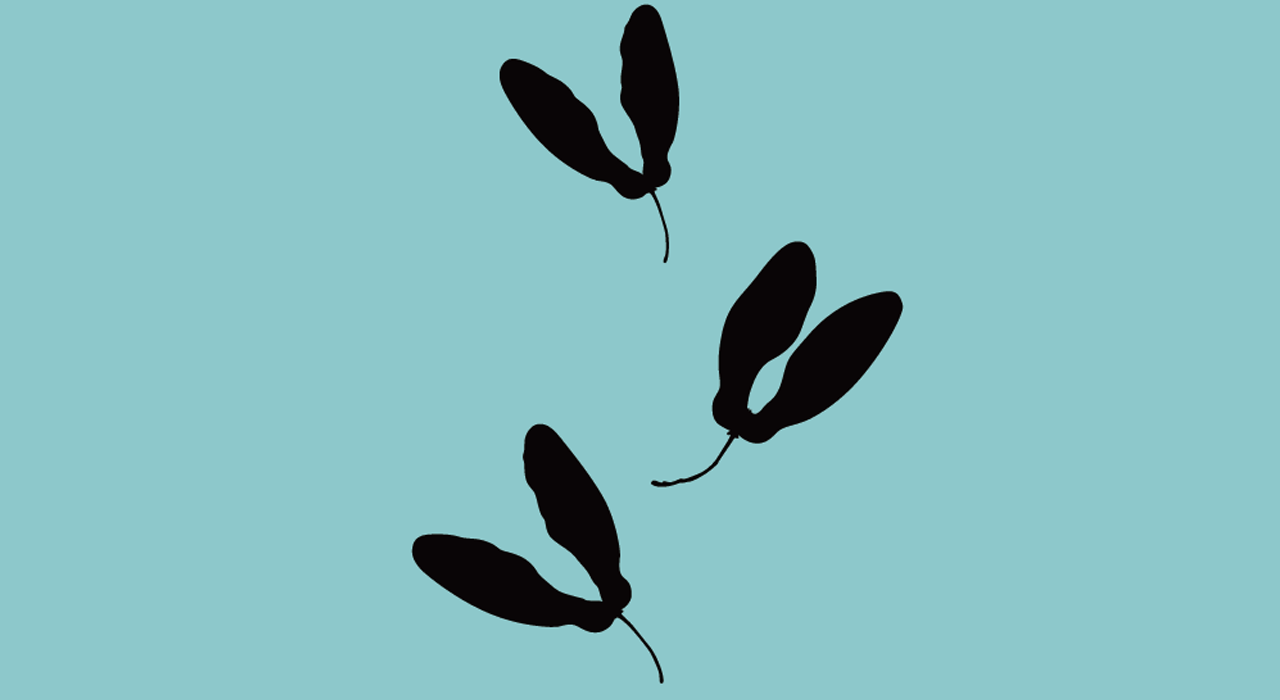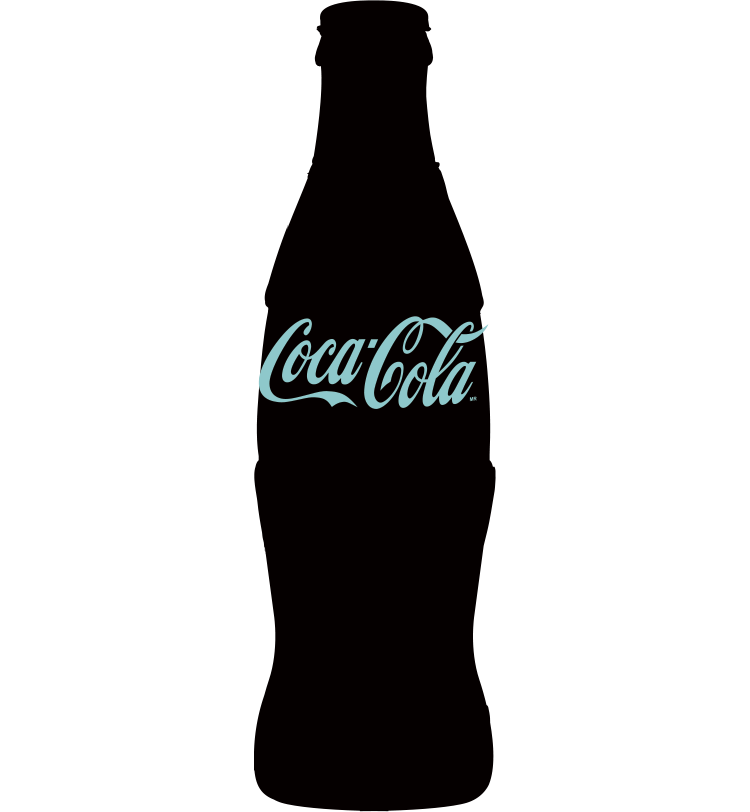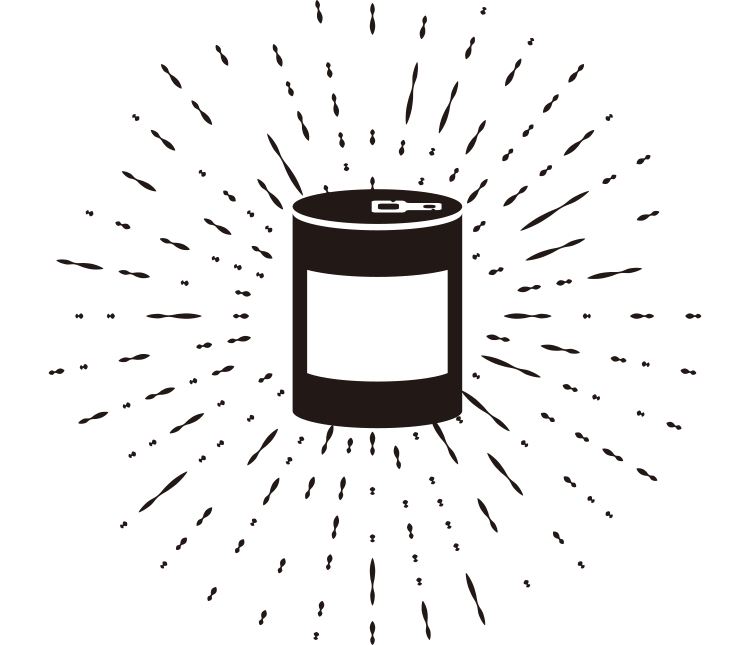Utility of Daily Routine
New Ideas that Have Changed the World
What changes the world? It's not an extraordinary behavior or a big revolution.
All it takes is a new perspective.
Here are some of the simple but great ideas that have changed the world.
📝Text by . Su-bin Cho

Inventions inspired by nature

Maple trees bear ,fruit and the fruit has seeds in it. One fruit has two seeds in it, and the seeds have a unique shape. The seeds have a long, round wing on each side, which makes them look like the Quidditch ball in the Harry Potter books. Once they fall off the tree, the wings allow the seeds to spin and fly far away when it blows. The wind takes the seeds afar, and they then land gently on the ground without getting hurt to take root in a new place far from where they grew. This is why maple trees can spread to faraway places even though they are rooted firmly in the ground. There is an invention inspired by the flying strategy of the maple tree seed. In the mid-15th century, Leonardo de Vinci designed a flying object based on his observation of the maple tree seed that spins and flies far away. This is the prototype of the helicopter propeller. Initially, he made a 5m propeller with starched flax fiber that is tough and loose. His attempts to fly with the propeller failed due to lack of power, but many scientists kept trying until the dream of flying in the sky came true in the 20th century. The plant’s simple instinct to reproduce played a critical role behind scientific advances, which eventually led to the realization of our dream of flying.
What is the world’s best-selling drink? As you can all easily expect, it is Coca-Cola. As many as 1.9 billion bottles are sold each day around the world. Surprisingly, however, this extremely popular global drink had once faced a crisis. Threatened by the explosive popularity of Coca-Cola in the 1990s, other companies began to produce copycat products. Back then, the design of the Coca-Cola bottle was so simple that competitors could easily copy it. So, Coca-Cola added its logo to the bottle design, but competitors came up with brand names like “Coca-Nola,” “Toca-Cola,” and “Coke” in an attempt to confuse and trick consumers and copycat brands continued to pour out on the market. This is why the uniquely shaped bottle design came into the picture. Coca-Cola decided to design a bottle that was difficult to copy.
In 1915, the Coca-Cola bottle design contest was held and the prize was USD 500. There was only one condition: People should be able to tell it is the Coca-Cola bottle even when grabbed in the dark or broken into pieces. As a result, the uniquely curved Coca-Cola bottle that we know today was born. The new bottle featuring the curve in the middle and the vertically-flowing grooves was declared as an official design in 1916. A survey conducted at the time showed that less than 1% of American consumers failed to tell the new Coca-Cola bottle from others. Since the new design was introduced, Coca-Cola has maintained an unrivaled solid leadership position in the global beverage market.
One and Only Design

The Pioneer of Combat Ration

Canned food has evolved in tandem with the history of war. In 1789, French soldiers were fighting a long war under the leadership of Napoleon to conquer the entire Europe. But no troop can win a battle on an empty stomach. Soldiers routinely skipped meals and starved so much that many of the French soldiers suffered from scurvy. Developing proper combat ration was a matter of urgency. Amid continued research to find ways to preserve food for extended periods of time, Nicolas Appert came up with a brilliant idea. He put cooked meat and vegetables in a wide-rimmed bottle, boiled it in water, and sealed it with cork stopper and beeswax. This technique known as bottling drastically reduced the cooking time and allowed people to eat a meal without the hassle of cooking. The new invention is considered to have contributed to Napoleon’s victory. However, glass bottles were heavy and fragile. This downside was dealt with by a bottling advocate. On a cold winter day, engineer Peter Durant was pouring bottled food into a can to warm it when a lightbulb flashed in his head. This was how he invented canned food. Light and durable, cans quickly replaced glass bottles and reinvented the way people cooked and consumed food. Canned food remains one of the most essential technologies in the history of food industry.
